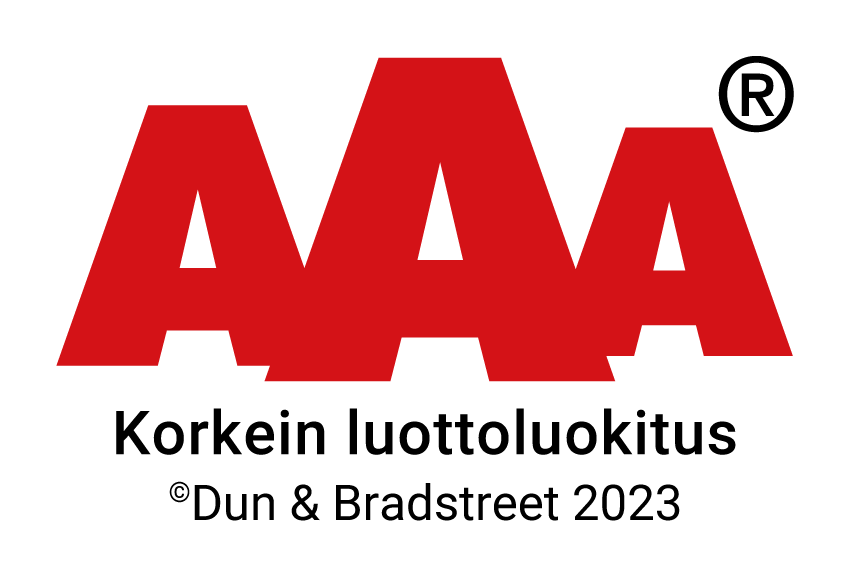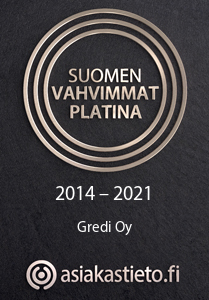How to build a functional marketing and brand management ecosystem?

The marketing and brand management ecosystem should be based on a digital platform that allows information management in an open, smooth and secure manner. A digital asset management hub combines information from different sources. The valuable digital assets created in the ecosystem are accessible to everyone, anytime and anywhere.
It is worthwhile to invest some time in the design of the marketing and brand management ecosystem. A well thought out process and operating models will facilitate the development of common practices. It is advisable to think carefully about the composition of your network, so that you have all the necessary, mutually supportive parties involved. A network lacking relevant skills and resources is not functioning effectively.
An efficient ecosystem requires a digital platform to meet marketing needs. Digital brand and asset management solution can be built to be a hub that moves not only marketing materials, images, videos and templates, but also all the background information needed for marketing and branding. For example, customer information is useful in target group segmentations and in personalized marketing. The price and product information integrated in the hub can be used by sales, resellers and end users.
Fine tune marketing process
Once the basic building blocks are in place you can focus on fine tuning your marketing process:
1. Start by listing your target groups and customers. Take into consideration what your entire ecosystem has to offer and select the channels where you will best reach your customers. You can also share your digital platform to your customers and collect feedback, for example, directly on your platform.
2. Next, focus on what you communicate. Describe and list all the messages and content that flow through your hub to the selected channels. List the materials, product templates, images and texts you need to create your message. Design your message in a way that the core message stays unchanged and the visual look is recognizable regardless of the channel.
3. Make everybody accountable. List the people needed to produce the contents. Define responsibilities for each role clearly and at what point in the process each one steps in.
4. Collect background information required for content production. Check that your hub contains up-to-date specifications for materials and product templates for different publishing channels. Update them when needed. Collate up-to-date product information and images.
5. Do smart personalization. A carefully built digital platform enables accurate and high level message personalization. Depending on the quality of your CRM data, you can target your messages very precisely based on your customer’s purchase history. Utilize this information when upselling additional services or products, for example. Take particular care not to overload your customer with messages about products he has already purchased.
6. Open your marketing playing field to other participants. Make sure the common rules of the game are known to everyone and frequently remind them in the early stages. For example, it is worth having consistent commenting and discussion practices. You are likely to encounter resistance to change, especially at the beginning. Be prepared to justify the benefits of your platform many times over.
7. Integrate your marketing automation to your channels. Start content production and automate the look and feel of your materials in your content hub. Content management solution will generate suitable versions of your materials to the selected channels and publish them scheduled the way you have defined.
8. Measure and learn from the results. Keep track of your messages and performance, such as newsletter open rates and clicks. Make sure your customer’s journey is carefully monitored and supported until the purchase decision – through a landing page on the web and timely contact with the sales rep, to give an example. Request feedback from all parties, share it immediately in the ecosystem, and leverage the information you collect to improve your service delivery.
« Ecosystem value chain multiplies your earningsArtificial intelligence creates more space for thinking »






